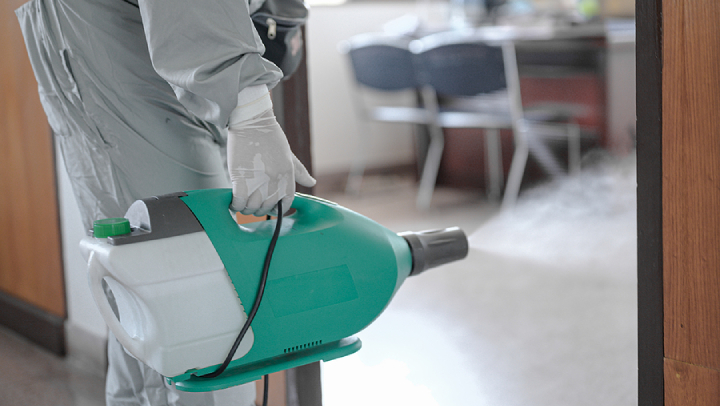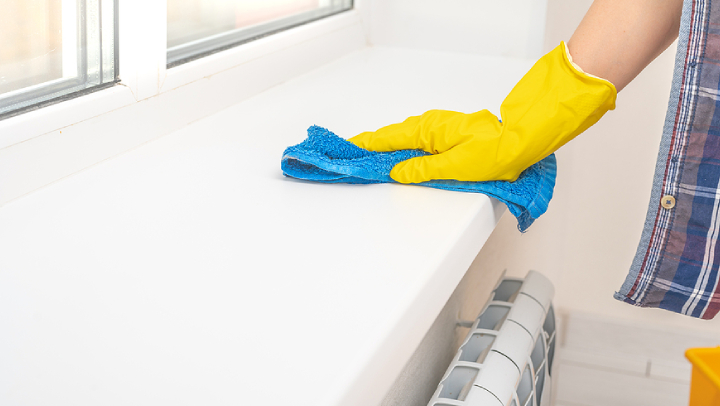The COVID-19 pandemic has taught us the importance of good hygiene practices to fend off viruses and illnesses. Aside from our homes, we should also ensure that our workplaces and offices offer a hygienic and safe environment for employees and guests to visit. A clean working environment is crucial as it contributes to a healthy workforce. As employees are less likely to fall sick and work in a well-maintained and organised environment, their productivity and satisfaction levels will increase.
One of the ways to enforce and maintain hygiene in the workplace is by regular cleaning. However, for specific office cleaning tasks and places around the workplace, there may be a need to engage with sanitisation and disinfection services. It would seem that these two cleaning services are similar, but they mean and do different things. This is a common misconception that many people have about sanitising and disinfecting.
Here are the differences between sanitising and disinfecting that you should know about.
What is Sanitising?
Sanitising is considered the minor cleaning process of the two as it can be easily performed by simply cleaning the surface to reduce the number of germs. Depending on which industry the business is in, there is a certain level of germs that is considered safe by the health ministry and adheres to public health standards. As one can sanitise by using anti-bacterial wipes or soap and water, this process can only eliminate bacteria and not a wide variety of viruses, mould, mildew, and fungi. As such, if a business is looking to deep clean the office thoroughly, sanitisation will not be sufficient to provide a clean environment free of harmful microorganisms.
One can also regard sanitisation as a “sealant” to be used at the end of the cleaning process. Since sanitisation also helps prevent bacteria and germs from growing, you can consider sanitising the surfaces of the office to reduce the likelihood of infections and illnesses among employees.
What is Disinfecting?
On the other hand, disinfecting provides a more thorough cleaning as the process utilises chemicals and more powerful solutions to target stronger bacteria and germs that are harder to eliminate. Some of the common disinfectants available are bleach and various alcohol solutions. Most of the time, after one has performed the disinfection process, they should leave the disinfectant on the surface for a while for the chemicals to kill any living bacteria. Since disinfection can eliminate a wider range of microorganisms, it is advised to use this cleaning method for high-touch surfaces, such as doorknobs, furniture in communal spaces, and bathroom facilities.
Conclusion
At times, disinfecting requires specific industrial tools and equipment that are not readily available to the public. In addition, some chemicals and alcohol solutions can be dangerous and even pose a health and safety hazard if one does not have the appropriate experience and knowledge in handling them. This is where a professional office cleaning company like Abba comes in.
Abba provides reliable office disinfection services in Singapore with our certified and skilled cleaning team. Our specially designed disinfection treatment and solutions are not only child-safe and non-allergic but also non-toxic and do not harm the environment.
To find out more about our services, you can call us today at +65 8862 9623 or drop us an enquiry.



